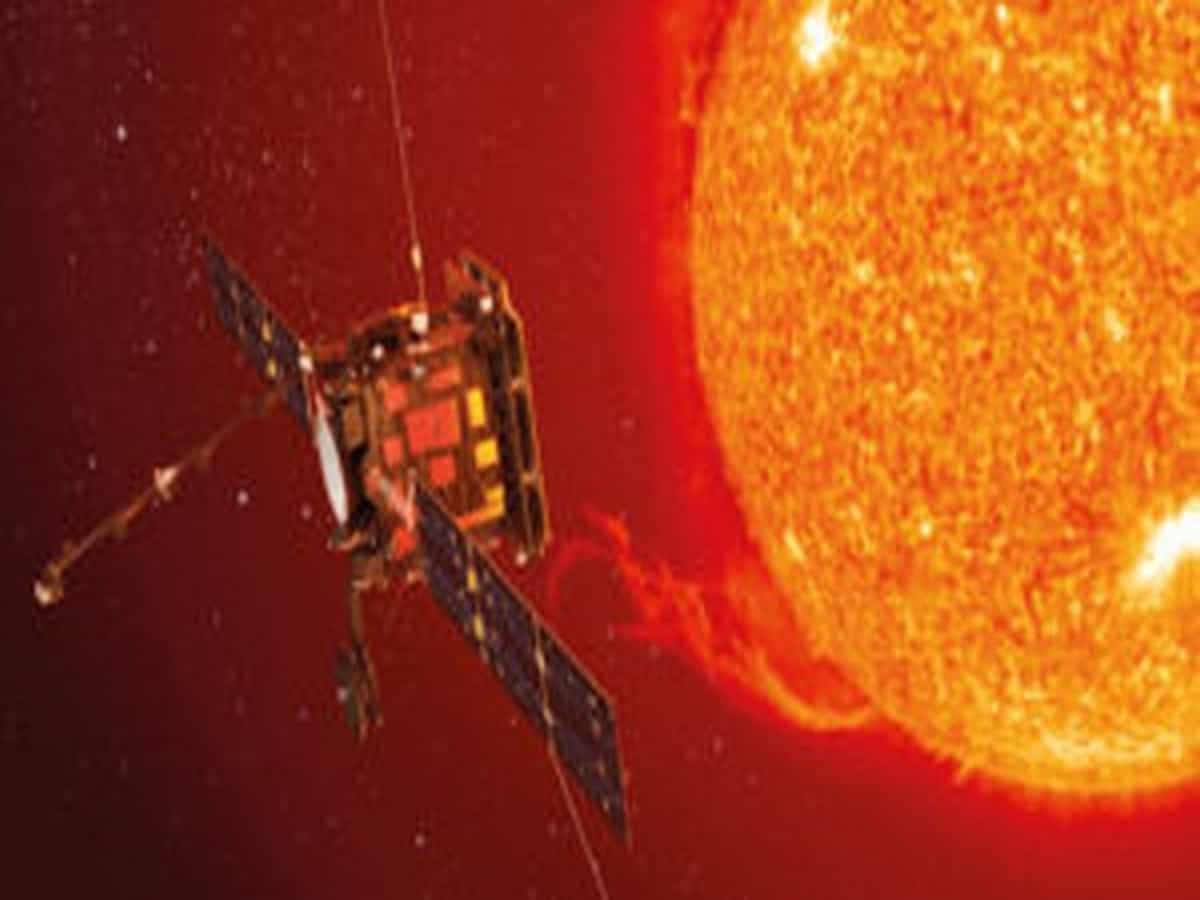Michigan: A solar orbiter mission by the researchers of the University of Michigan will be launched on February 7 for studying the physics of the Sun and will also be the first to capture the images of Sun’s poles.
The European Space Agency’s (ESA) Solar Orbiter will function in coordination with Parker Solar Probe of NASA which was launched earlier in August 2018.
According to researchers, the orbiter will be launched from Cape Canaveral.
Solar storms are generally the torrents of charged particles and electromagnetic fields that travel from the Sun and rattle the magnetic field Earth. Disturbances can harm power lines and put expensive transformers at risk and can also damage satellites.
The ability of humans to predict the threats arising from solar activity used to come from the data that is collected from spacecraft and telescopes that were stationed far from the action on the Sun.
Solar Orbiter seeks to connect the activity on the Sun to solar plasma that flows out in the heliosphere and drives space weather.
“We don’t fully understand how space weather originates on the Sun. In fact, events on the Sun are very hard to predict right now, though they are observable after the fact. We can’t predict them with the accuracy that we really need,” said the associate researcher Jim Raines.
“We hope that the connections that we’ll be making with Solar Orbiter will lay more of the groundwork needed to build a system that is able to predict space weather accurately,” added Raines.
Further, he said that solar orbiter will be able to track active regions which are the regions that have the probability of exploding into a coronal mass ejection which is an important event of the solar space weather event.
The instrument that will be used include the Heavy Ion Sensor (HIS) which is partially built at U-M. HIS is a kind of ion mass spectrometer that is known to break down the composition of the solar wind it samples.
By getting the knowledge of the composition, researchers will further be able to determine the area where energy is being deposited and fed in the solar wind and eruptions on the Sun and of how particles are accelerated in the heliosphere.
The heliosphere is the bubble present around the solar system which is formed by the solar wind and is known to protect Earth from galactic cosmic radiation.
This data will further allow researchers to determine the origin of the solar wind sampled by Orbiter.
“While the Parker Solar Probe focuses on protons, electrons and alpha particles — the most abundant particles coming out of the Sun — we’re looking at trace elements that are heavier than that, like carbon, oxygen, and iron, but far less abundant,” said another researcher Sue Lepri.
“These heavy ions reflect the solar wind’s energy sources. And so that’s something you can’t fully get at unless you understand these heavy ions,” Lepri added.
Orbiter eventually comes within 60 solar radii or 42 million kilometers of the Sun. That puts it in a position to pick up where Parker leaves off.
The mission of Parker Solar Probe was to fly at closer proximity to the Sun than any previous spacecraft and collect data directly within the solar corona.
The science goals of the same are to understand the heating of the solar corona in a better way and also to understand the acceleration of the solar wind and energetic particles.
“We’ve observed the solar wind and tried to connect it back to the Sun to some degree with spacecraft that are sitting just upstream of Earth. But there’s a lot of stuff that can happen between the Sun and Earth,” Lepri said.
“Orbiter will take some of the mystery out of that. It’s connecting what is observed on the Sun more directly with what actually is blowing past you in the solar wind. So it helps answer the question: How do you connect the solar magnetic field and the plasma energy in the corona with the solar wind in a bigger sense,” Lepri added.

